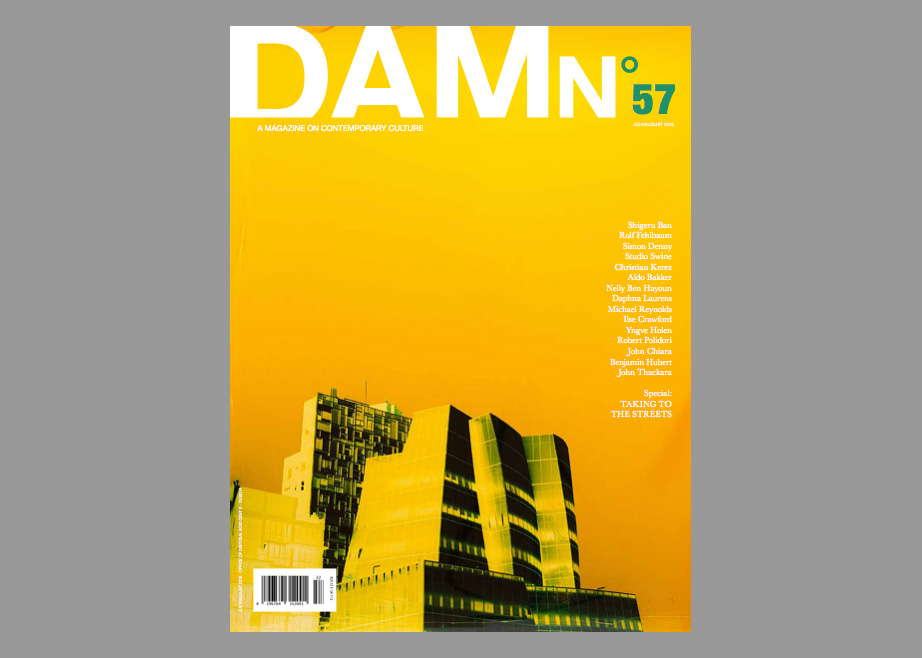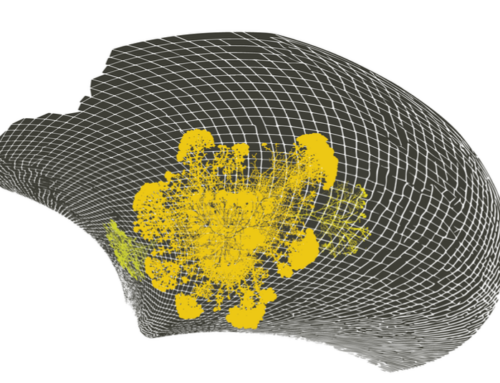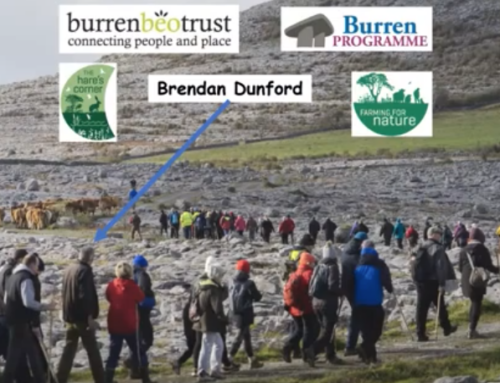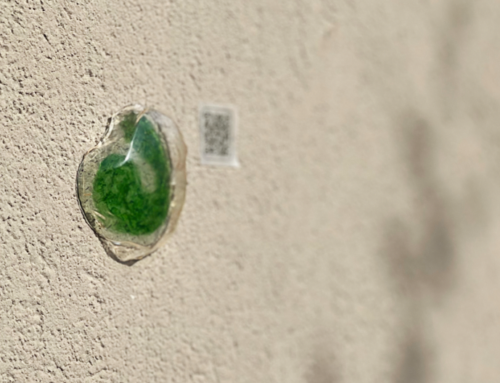I was asked to write a provocation for DAMN magazine in Italy.
1 Change and innovation are no longer about finely crafted ‘visions’ of some future place and time. Positive change happens when people reconnect – with each other, and with the biosphere – in rich, real-world, contexts. Rather than ask about utopias, I challenge city leaders to answer two questions: “Do you know where your next lunch will come from?” and, “Do you know if that place is healthy or not?”
This approach expands the design focus beyond hard infrastructure towards a whole-system concern with the health of places that keep the city fed and watered. Within this frame of the city as a living system, the health of farm communities, their land, watersheds and biodiversity, become integral aspects of the city’s future prosperity, too. This focus acknowledges that we live among watersheds, food sheds, fibersheds and food systems – not just in cities, towns or “the countryside”.
2 The presence of good bread is a reliable indicator that a city’s food system is healthy. Good bread denotes microbial vitality. In dozens of major cities, real bread pioneers are creating shorter grain chains by connecting together a multitude of local actors in ways that reduce the distance between where grain is grown, and the bread consumed: urban farmers, seed bankers, food hubs, farmers markets, local mills and processing facilities. As this lattice-work of activity, infrastructure and skills connects up, regional “grain sheds” are beginning to take shape.
3 New distribution platforms are also important role. La Ruche Qui Dit Oui for example –‘The Hive that Says Yes’ – is the brainchild of a French industrial designer and chef, Guilhem Cheron. La Ruche combines the power of the internet with the energy of social networks to bridge the gap that now separates small-scale food producers from their customers. Food platforms such as La Ruche embody a whole systems approach in which the interests of farm communities and local people, the land, watersheds and biodiversity, are considered
4 A focus on living systems means a new kind of infrastructure. New kinds of enterprise are needed: food co-ops, community kitchens, neighbourhood dining, edible gardens, food distribution platforms. New sites of social creativity are needed: craft breweries, bake houses, productive gardens, cargo bike hubs, maker spaces, recycling centres and the like. Business support is needed for platform co-ops that enable shelter, transportation, food, mobility, water, elder care to be provided collaboratively – and in which value is shared fairly among the people who make them valuable. Technology has an important role to play as the infrastructure needed for these new social relationships to flourish. Mobile devices and the internet of things make it easier for local groups to share equipment and common space, or manage trust in decentralised ways.
5 At the heart of this unfolding transformation is a new story of place. Cities have a crucial role to play as catalysts of the system change we need. They can embody a new new story about development and progress in which the health of biodiversity, foodsheds and watersheds are key indicators of success. A city is most healthy as a meeting place for change agents, outliers, and shadow networks. The healthy city is about participation, not spectacle. Connecting is itself a form of innovation.





